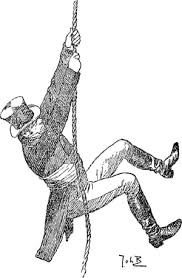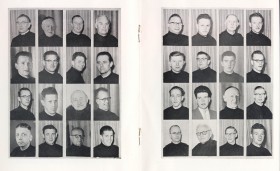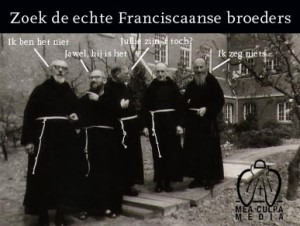Minister voor Rechtsbescherming Sander Dekker hekelt de houding van het bestuur van de Jehova’s getuigen…..wij hekelen de schijn-houding van Dekker want wij hebben al eerder aangedrongen op een artikel 12 onderzoek internaat Bleijerheide 18 Franciscaanse pedo broeders maar OM wil niet en Dekker houdt sentimentele praatjes voor de camera en doet niets. 
De RKK, voorloper van het kindermisbruik-schandaal waar wij als Mea culpa organisatie de klokken flink hebben laten luiden, na jaren van flink lawaai te hebben gemaakt tussen 2010 en 2017 bleven de Getuigen stil en buiten beeld. Een drama met grote gevolgen voor kinderen.
De Jehova gemeenschap probeerde de publicatie nog via de rechtbank tegen te houden, omdat het “wetenschappelijk en feitelijk onjuist, lasterlijk en zeer beledigend is”, maar kreeg nul op het rekest.
‘Wetenschappelijk onjuist’, dan zou ik die argumenten eens willen horen, hoe de wetenschappelijke juiste uitleg is over misbruik. ‘Feitelijk onjuist‘, die truc moest door de RKK commissies ontkracht worden of althans kritisch beoordeelt. Wij hebben niet het idee dat de Jehova’s zo ver willen gaan de verhalen, de feiten aan te horen en daders, want die zijn als er slachtoffers zijn, buiten beeld te houden, is strafbaar. Iets wat de kerk decennia gelukt is en Jehova’s hoopten op een zelfde uitkomst. Waar zijn de daders, leven ze nog, mogen die zich verdedigen, ze hebben het recht om hun verhaal voor het voetlicht te brengen maar het lijkt erop dat ze dat niet doen. Een zwakte punt, doen ze het of doen ze het niet? Of komt er weer geen parlementair onderzoek naar deze misdaad tegen de menselijkheid….in ons land.
Over laster moeten de Jehova’s niet al te hoog van de toren blazen want zelfs voormalig bisschop Wiertz boog diep tijdens de onthulling van Pierre Habets kunstwerk ‘de weg naar verzoening’, om een mea culpa te erkennen in de OLV basiliek in 2014.
Beledigend? Er is geen grotere belediging voor de ontwikkeling van een kind dan haar of hem zijn toekomst af te nemen door seksueel geweld. Laat het aan Jehova over, of aan God en zijn heilige discipelen waar in de biecht een afdoend midel werd gevonden om het heel lang stil en intern te houden.
 “In plaats van het creëren van openheid en erkenning besloot de gemeenschap tijd en middelen te gebruiken om publicatie tegen te houden”, schrijft Dekker. “Het raakt mij dat zoveel kwetsbare slachtoffers het gevoel hebben dat zij alleen staan en de weg naar justitie en officiële hulpinstanties niet, of pas laat, vinden.”
“In plaats van het creëren van openheid en erkenning besloot de gemeenschap tijd en middelen te gebruiken om publicatie tegen te houden”, schrijft Dekker. “Het raakt mij dat zoveel kwetsbare slachtoffers het gevoel hebben dat zij alleen staan en de weg naar justitie en officiële hulpinstanties niet, of pas laat, vinden.”
Dekker moet niet zo slap lullen want wij konden nog aanspraak maken op een artikel 12 procedure, al jaren geleden ingediend maar justitie wil er niet aan. Dekker dekt het toe, de media, zeker de laffe zuidelijke doofpot media, willen niet de waarheid benoemen omdat ze zelf gezwegen hebben. De klokkenluiders moeten er dus voor boeten maar het heet gewoon censuur. Niet alleen in China, Noord Korea maar in ons open, democratisch land is de waarheid nog steeds letterlijk en figuurlijk een ondergeschoven kind.
Dekker heeft bij ons geen krediet meer.
Jehova’s getuigen niet…hoera! Maar ze zullen zich voorlopig niet meer aan de deur laten zien…om de bel te luiden.

 Hoe hoger je komt des te meer vriendjes in het systeem schieten je te hulp.
Hoe hoger je komt des te meer vriendjes in het systeem schieten je te hulp.







